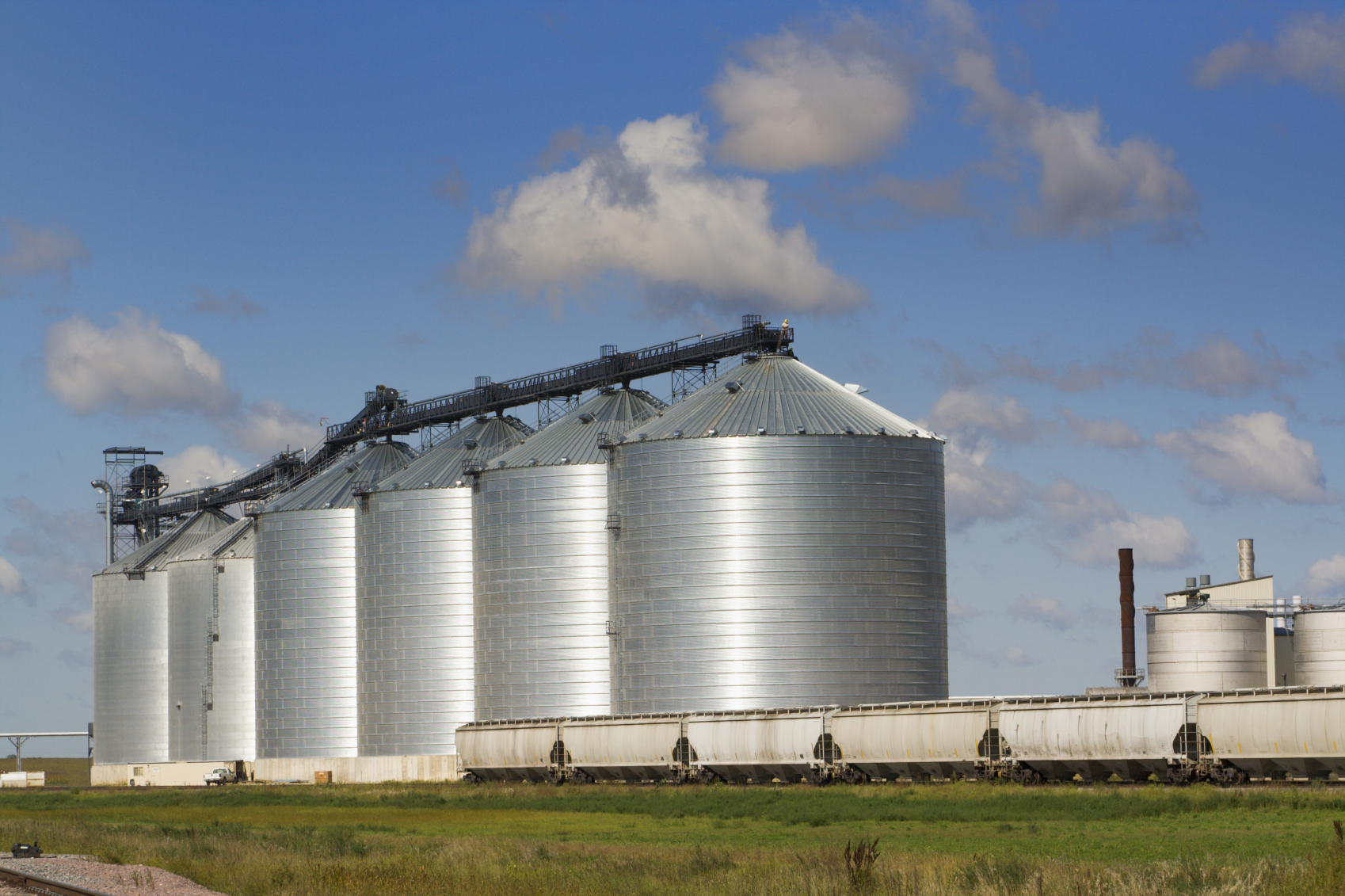By Stephanie Bryant-Erdmann, USW Market Analyst
Since Jan. 1, the nearby wheat futures contract for hard red winter (HRW) on the Kansas City Board of Trade (KCBT) rallied 13 percent or 54 cents per bushel ($20 per metric ton) returning to price levels like those seen in June 2016. The rally is drawing support from both demand and supply factors. On the demand side, year to date U.S. 2016/17 HRW export sales total 10.1 million metric tons (MMT), up 95 percent from 2015/16 and 30 percent ahead of the 5-year average. Savvy buyers are also securing supplies for the next marketing season. To date, HRW export sales for marketing year 2017/18 total 182,000 metric tons (MT), up 8 percent from last year.
Robust demand for HRW is supported in part by low prices, but also by a change in the dynamic of the U.S. dollar. A strong U.S. dollar generally makes U.S. exports more expensive relative to other origins. However, while the U.S. dollar continues to strengthen against most currencies, it weakened against key competitor currencies. Year-over-year, the U.S. dollar weakened 3 percent against the Australian dollar, 11 percent against the Kazakhstani tenge and 20 percent against the Russian ruble. This shift is driving demand back to U.S. wheat in areas where the United States has a logistical advantage because it decreases the ability of buyers to offset increased shipping costs with lower priced wheat from competing origins.
The same low prices supporting HRW demand caused U.S. farmers to decrease HRW planted area by 12 percent last fall to 23.3 million acres (9.43 million hectares), which will likely result in smaller 2017/18 HRW production. Last year, record high yields offset lower planted area, but U.S. HRW planted area for 2017/18 is 20 percent less than five years ago. As discussed in the Feb. 23 Wheat Letter, farmers across the U.S. plains expect yields to return to the trend line this year given the current soil moisture and crop conditions.
Reduced HRW supplies are expected to be part of a smaller total world wheat crop in 2017/18 following last year’s record-large production. Production is expected to return to more normal trend lines around the world resulting in smaller crops for most of the world’s wheat exporting countries. The notable exception is the European Union (EU), where wheat production is expected to rebound after excessive rain cut yields last year. The European Commission forecast 2017/18 EU common wheat production at 143 MMT, up 7 percent from 2016/17 with better yields offsetting a slight reduction in planted area. EU 2017/18 durum production is expected to fall 2 percent from last year to 8.8 MMT, due to a reduction in planted area.
On Mar. 6, the Australian Bureau of Agricultural Research and Sciences (ABARES) projected Australian wheat planted area will decrease 1 percent to 31.6 million acres (12.8 million hectares) citing increased competition for area from canola, pulses and sheep. With the assumption of average growing season conditions and a return to trend line yields, ABARES forecast Australian 2017/18 wheat production at 24.0 MMT, down 11 MMT from 2016/17 and 5 percent below the 5-year average, if realized.
In February, Agriculture and Agri-Food Canada (AAFC) estimated 2017/18 Canadian wheat planted area will fall by 3 percent to 22.6 million acres (9.15 million hectares). A projected 29 percent decrease in durum acres and 12 percent decrease in winter wheat acres more than offset the expected 5 percent increase in spring wheat acres. Excessive rains last fall hurt quality and delayed harvest and subsequent fall planting across Canada. With decreased planted area and an expected return to trend line yields, AAFC expects Canadian wheat production to decrease in 2017/18 to 28.6 MMT. If realized, that would be a 10 percent decline from the prior year and 3 percent below the 5-year average.
Last fall, Russian farmers planted winter wheat on 36.5 million acres (14.8 million hectares), up 4 percent from the prior year. The Russian Ministry of Agriculture expects spring wheat planted area will decline slightly to 33.6 million acres (13.6 million hectares) due to increased competition for area from corn. Strategie Grains (SG) expects Russian 2017/18 wheat production to total 67.2 MMT, down 14 percent from last year’s record production due to a return to trend line yields that more than offset the increase in planted area.
SG expects Kazakhstan 2017/18 wheat production to fall 18 percent year-over-year to 13.8 MMT due to reductions in planted area and yield. Ukrainian farmers are also expected to produce less wheat in 2017/18. SG projects Ukraine wheat production will total 23.9 MMT. If realized that would be down 8 percent from 2016/17, but 7 percent above the 5-year average of 22.5 MMT.
The world is poised to produce a smaller wheat crop for the first time in four years, and the recent wheat futures rally indicate farmers, traders and customers alike are all taking notice, especially in light of record consumption. Before spring fully arrives with its typically volatile weather, customers should consider joining those who are securing supplies of high-quality U.S. wheat at what remain very attractive prices.


